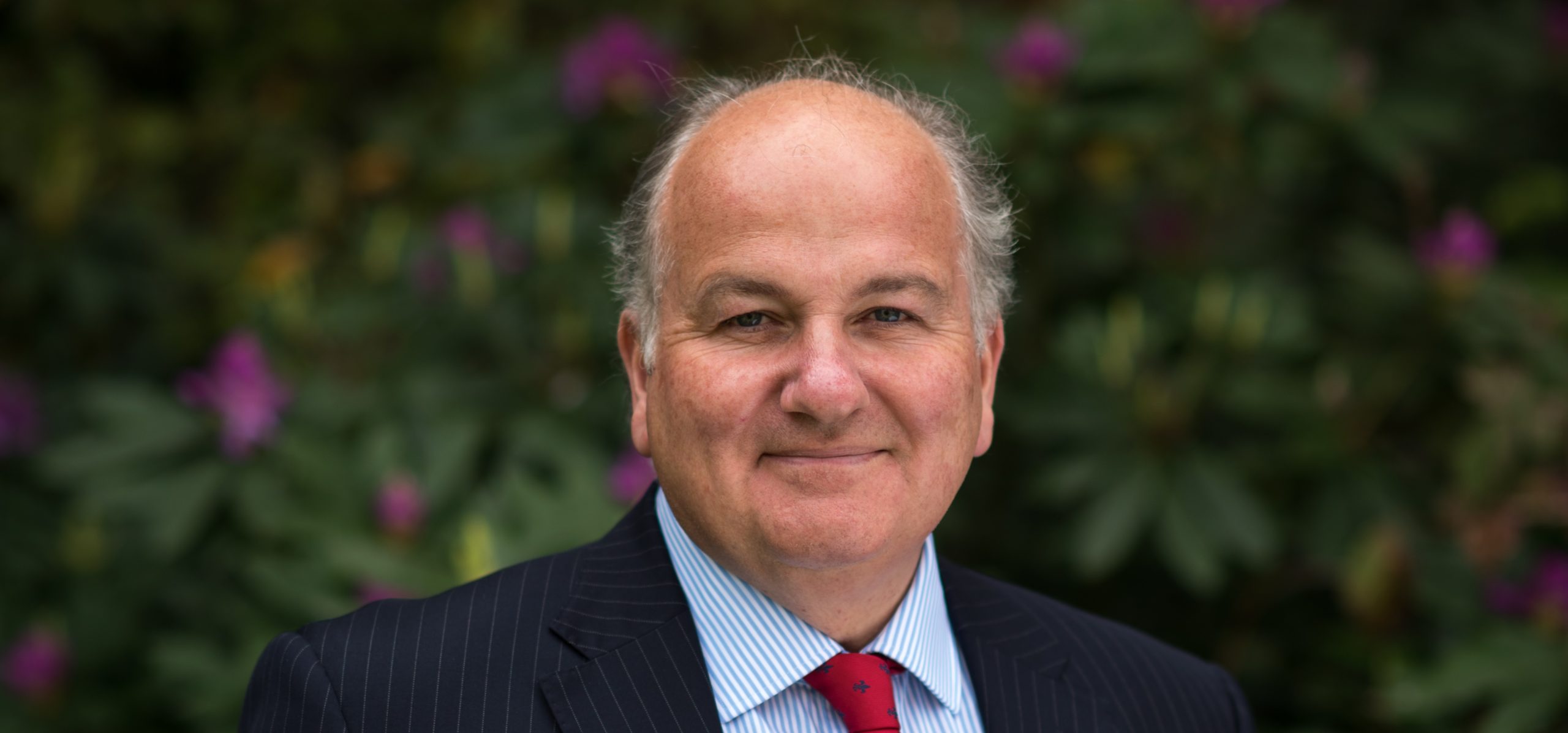The Quick Answer
The charity Trustees or Directors need to take immediate action to make sure the financial situation does not get any worse. The legal definition of insolvent means a) either the charity’s liabilities exceed its assets or b) it is unable to pay it’s debts as they fall due.
This may mean:
a. Liquidation or Administration. This will stop the liabilities or creditors increasing.
b. Merging with another but solvent charity.
c. Closing the charity and clearing all the liabilities by taking a loan until the charity’s assets are sold.
We have dealt with several charities that have assets beyond their liabilities, but the main asset is a freehold property. Because this is not cash in the bank (and they cannot get a loan) the charity runs out of funds to pay pressing creditors like salaries or PAYE. This means the charity is insolvent.
Charities often become insolvent due to a loss of a source of income or grant funding. They may also have overheads like salaries or rent that have just grown too high for the income to cover.
Immediate action to take by the Trustees or Directors
The immediate actions are:
- The Trustees should contact a Licensed Insolvency Practitioner like us to give them advice and all Trustees should attend the meeting.
- They need to find out what the true financial position is. They need to get an up-to-date balance sheet or work out what the assets and liabilities are. Are they ‘balance sheet’ insolvent yet?
- They should also work out the redundancy and closure costs. We can help do this free of charge.
- They need to work out whether the charity is profitable or losing money each month going forward. Often a projection or cash flow forecast will be used to work out the crunch point.
- They should keep minutes of Trustee/Director meetings discussing finances. If your charity is insolvent and carries on you need to keep a record of how you justified doing so.
Overall, the Trustees’ objectives should be to stop making the financial position any worse. They should not carry on trading if they are risking creditors money.
What is the worst that can happen?
You may think the charity is not your money or your business so you can not be liable for the charity debts. However, you can be personally liable as a Trustee or Director in certain circumstances.
The circumstances are:
- If there has been wrongful trading – essentially allowing the finances to keep getting worse so the creditors just keep building up.
- Breach of fiduciary duty or misfeasance.
- Fraud.
- Preferences or undervalue transactions.
- If the charity is not incorporated as a limited company and is an unincorporated association like a trust.
As I have said above the Trustees should take early professional advice.
Sometimes charities are solvent now, but they can see insolvency in the future as their assets are used up.



